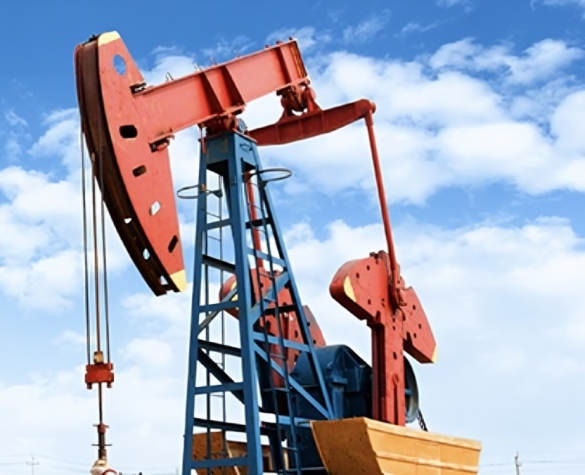Major U.S. oil and gas companies face an uphill battle selling billions of dollars in assets as they look to fund investor payouts following a record-breaking wave of mergers.
The industry is grappling with a lack of interested buyers for the unwanted assets, which are being shed to comply with regulatory requirements and streamline operations. The fire sale comes after a period of consolidation, with six deals valued at over $180 billion announced since October 2023.
Fueled by a desire to secure future drilling reserves, these mergers have left energy companies with a surplus of assets that don’t align with their core strategies.
Challenges in Finding Buyers for Oil and Gas Assets
The biggest hurdle to divesting these assets is a diminished pool of potential buyers. Traditional participants, such as European oil majors and private equity firms, have grown wary of the volatile oil and gas market, especially amidst growing pressure to invest in clean energy alternatives.
European companies have been burned by past investments in U.S. shale and are unlikely to return, according to industry experts. Private equity firms, which were once eager buyers, have shifted their focus towards renewable energy and environmental, social, and governance (ESG) investments.
Analysts suggest that the most likely buyers are independent oil and gas producers, private equity firms specializing in distressed assets, and Asian and Middle Eastern investors.
Closely held companies like Hilcorp, which specializes in acquiring mature oil fields, are well-positioned for these deals. Additionally, smaller public oil companies and investors from Asia and the Middle East could show interest, particularly in natural gas assets.
The glut of assets on the market is expected to lead to asset swaps and trades rather than traditional cash sales. This suggests a period of consolidation within the shale patch, with smaller players potentially being acquired or merging to compete with industry giants.
Uncertain Future for US Shale Assets
The fire sale of assets raises questions about the long-term viability of the U.S. shale industry. While some of the core assets in the Permian Basin are likely to remain productive, the future of other properties is uncertain.
The ability to sell these assets will ultimately depend on global energy prices and investor sentiment towards the oil and gas sector. If prices remain high and investors become more comfortable with the industry’s future prospects, then the divestment process could be smoother. However, if the current trends continue, Big Oil could face significant challenges in shedding unwanted assets.
Source: Reuters



